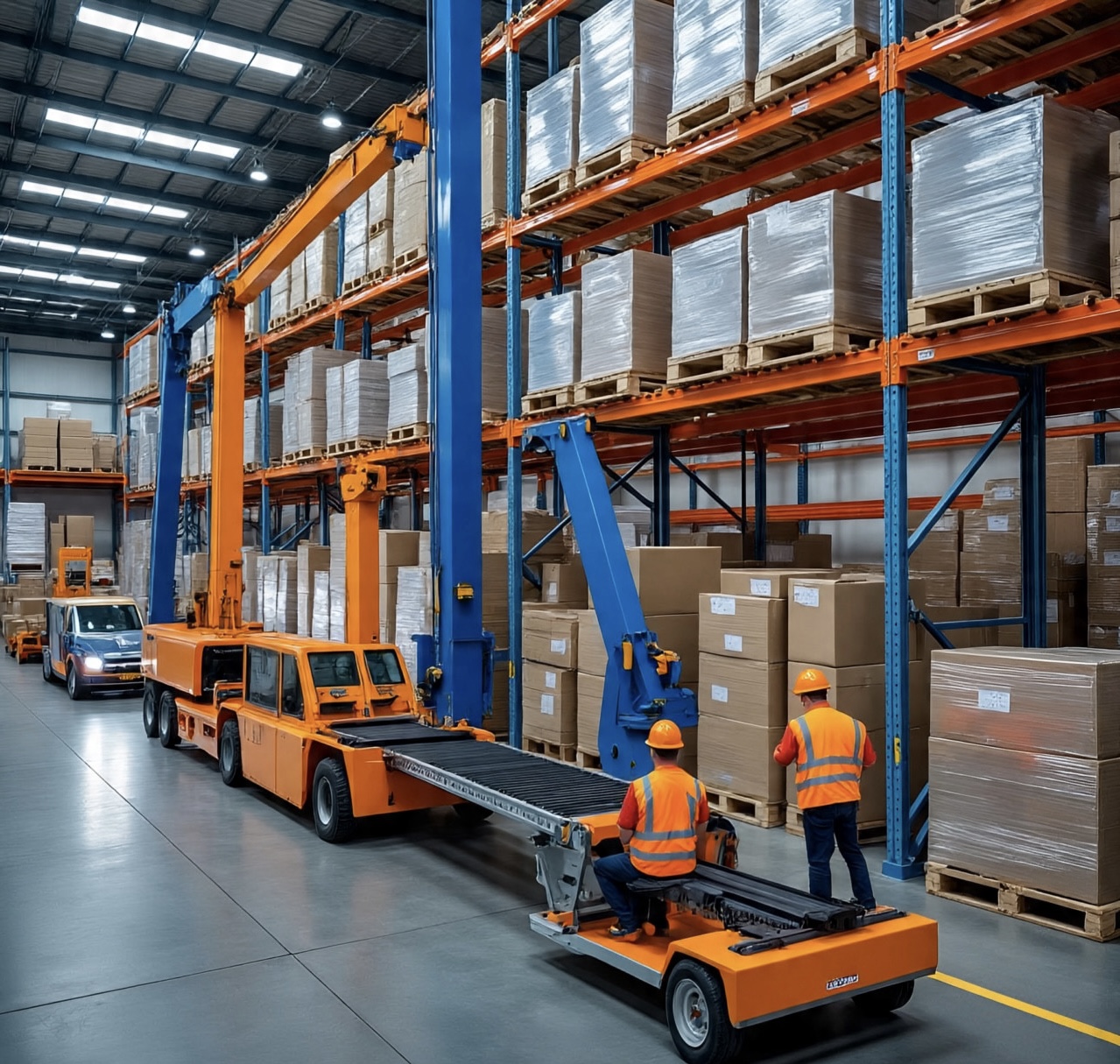Optimizing Operations and Safety with Material Handling Equipment
Efficient movement, storage, control, and protection of materials throughout the manufacturing, distribution, consumption, and disposal processes are vital for any industry. This is where material handling equipment plays a crucial role. These tools and machines streamline workflows, reduce labor costs, improve safety, and enhance overall productivity. Whether in warehouses, factories, construction sites, or retail outlets, the right material handling equipment can be a game-changer.
In this detailed article, we will explore the different types of material handling equipment, their benefits, safety considerations, and how businesses can leverage these tools to optimize their operations and reduce costs. Understanding these aspects will enable companies to select and implement material handling solutions that best suit their needs.
Understanding Material Handling Equipment
Material handling equipment encompasses a broad range of machinery and tools designed to move, store, protect, and control materials and products throughout various stages of production and distribution. This equipment includes everything from simple hand trucks and pallet jacks to advanced automated guided vehicles (AGVs) and conveyor systems.
The primary goals of material handling equipment are to improve efficiency, minimize physical strain on workers, ensure the safe transport of goods, and reduce damage or loss during handling.
Types of Material Handling Equipment
Material handling equipment can be categorized into several key types based on their function and application:
1. Storage Equipment
Storage equipment includes shelving, racks, bins, pallets, and automated storage and retrieval systems (AS/RS). These solutions help organize inventory, maximize space utilization, and facilitate easy access to materials.
2. Handling Equipment
This category involves equipment used to manually or mechanically move materials, such as forklifts, pallet jacks, hand trucks, and cranes. These tools are essential for lifting, transporting, and positioning heavy or bulky items safely.
3. Conveyors and Automated Systems
Conveyor belts, roller conveyors, and automated guided vehicles (AGVs) help in the continuous movement of materials across production lines or warehouses. Automation enhances throughput and reduces human error.
4. Industrial Trucks
Industrial trucks like forklifts, reach trucks, and order pickers are motorized vehicles designed for transporting heavy loads efficiently over short distances within facilities.
5. Bulk Material Handling
Equipment such as hoppers, feeders, and stackers are used to handle bulk materials like grains, coal, sand, or powders. These systems manage large volumes with minimal manual intervention.
Benefits of Using Material Handling Equipment
Increased Efficiency
Material handling equipment significantly speeds up the movement of goods, reducing the time taken to transport items from one point to another. Automation and mechanization help streamline processes, leading to faster production cycles and improved order fulfillment rates.
Enhanced Worker Safety
Manual material handling often leads to workplace injuries such as strains, sprains, and back problems. Utilizing equipment like forklifts and pallet jacks minimizes physical exertion and reduces the risk of accidents.
Cost Reduction
While the initial investment in material handling equipment might seem high, the long-term savings are substantial. Reduced labor costs, fewer workplace injuries, less product damage, and increased throughput contribute to overall cost efficiency.
Space Optimization
Storage solutions and equipment designed for stacking and organizing materials enable businesses to make better use of their available floor space, allowing for higher inventory levels without expanding the facility.
Improved Accuracy and Control
Automated systems and conveyors reduce human error, ensuring materials are moved to the correct locations promptly. This leads to better inventory management and order accuracy.
Key Considerations When Selecting Material Handling Equipment
Choosing the right material handling equipment depends on several critical factors:
Nature of Materials
Understanding the type, weight, size, and fragility of materials is essential. Heavy, bulky, or delicate items require specialized equipment to handle them safely and efficiently.
Workflow and Process Requirements
The equipment should fit seamlessly into existing workflows, complementing the production or distribution processes rather than causing bottlenecks.
Space Constraints
Facility layout and available space play a significant role. Some equipment requires more room to operate, while others are designed for narrow aisles or compact areas.
Budget and ROI
Balancing upfront costs with long-term returns is vital. Businesses should consider the total cost of ownership, including maintenance, training, and energy consumption.
Safety and Compliance
Equipment must comply with workplace safety regulations and standards, and include safety features such as emergency stops, guards, and operator training.
Safety Best Practices with Material Handling Equipment
Safety is paramount when using material handling equipment. Below are important practices to ensure a safe working environment:
Operator Training
Only trained and certified personnel should operate equipment like forklifts, cranes, and automated vehicles. Training reduces accidents and equipment misuse.
Regular Maintenance and Inspections
Routine inspections and preventive maintenance ensure equipment functions correctly and safely, minimizing breakdowns and hazards.
Proper Load Handling
Loads should be within the equipment’s rated capacity. Improper loading or overloading can lead to tipping, equipment failure, or injuries.
Clear Pathways and Signage
Work areas should be free from obstacles with clear signage and markings to prevent collisions and accidents.
Use of Personal Protective Equipment (PPE)
Operators and nearby workers should wear appropriate PPE such as helmets, gloves, steel-toed boots, and high-visibility clothing.
The Role of Technology in Material Handling Equipment
Technology is transforming material handling through automation, robotics, and data analytics:
- Automated Guided Vehicles (AGVs): These robotic carts autonomously transport materials, reducing labor needs and improving accuracy.
- Internet of Things (IoT): Connected sensors monitor equipment status, track inventory, and optimize maintenance schedules.
- Warehouse Management Systems (WMS): Software integration helps coordinate material handling activities, inventory control, and order processing.
- Ergonomic Designs: Modern equipment focuses on operator comfort to reduce fatigue and improve productivity.
Conclusion
Investing in the right material handling equipment is a strategic move that benefits businesses by improving efficiency, enhancing safety, reducing costs, and optimizing space. Understanding the diverse range of equipment available, along with key operational and safety considerations, empowers organizations to select solutions tailored to their specific needs.
As technology advances, the future of material handling equipment promises even greater automation, smarter systems, and safer workplaces. Embracing these innovations while prioritizing proper training and maintenance will ensure sustainable success in material management operations across industries.






